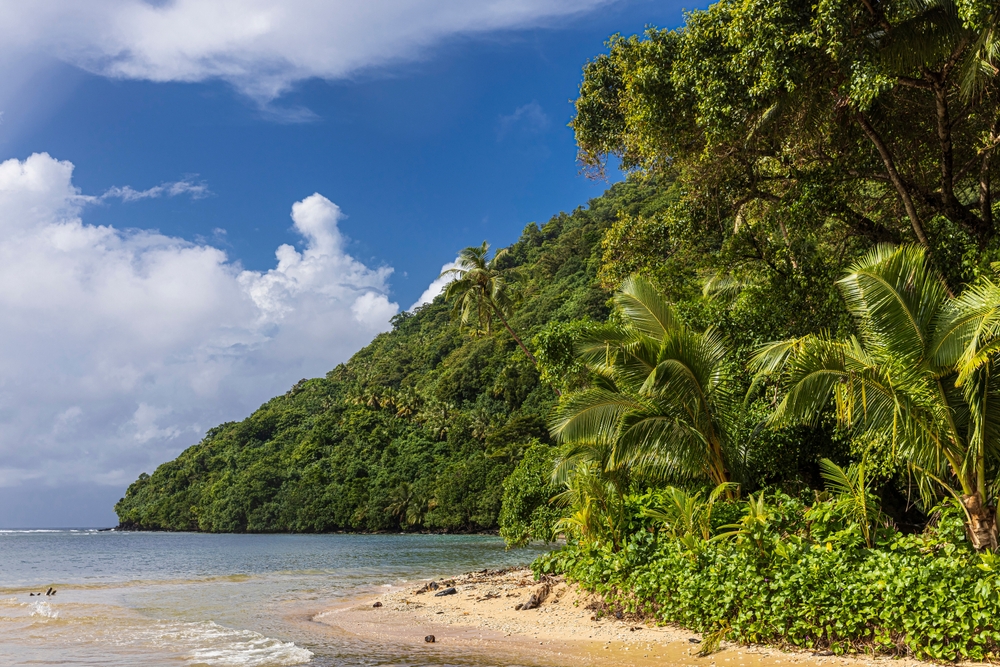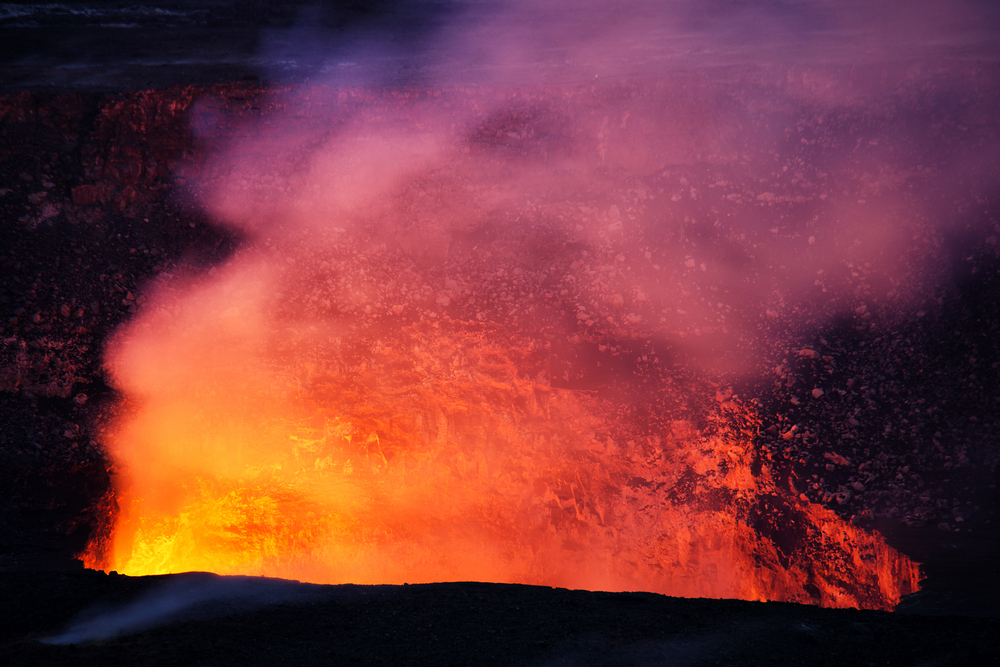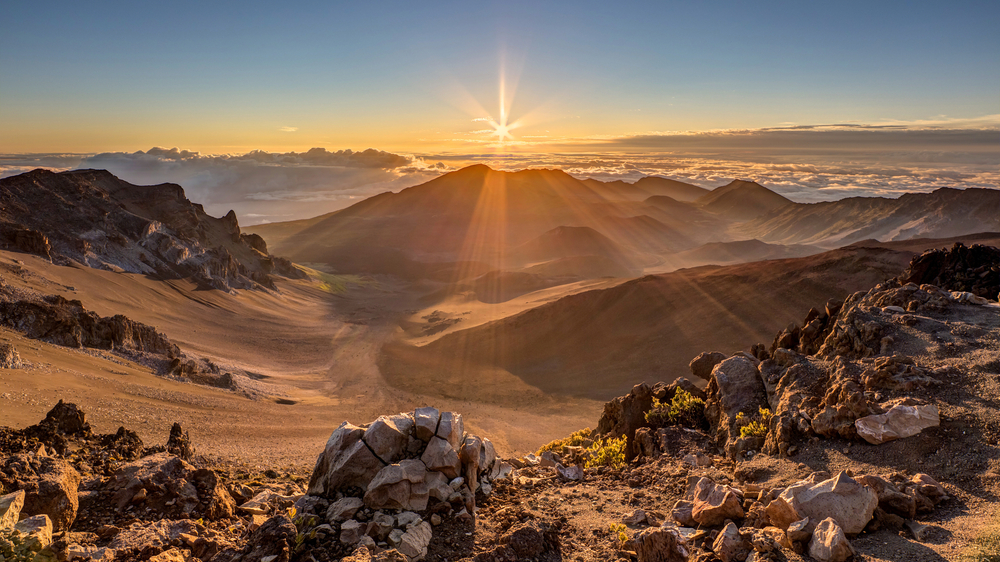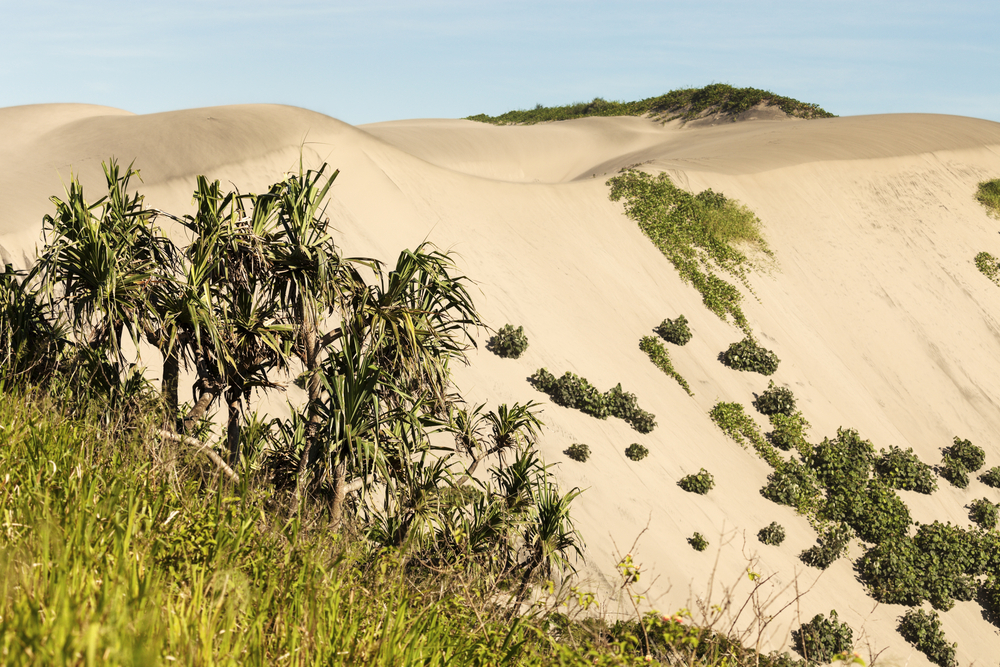American Samoa Overview
Spanning approximately 13,500 acres (52.6 square kilometers or 20.9 square miles) across the islands of Tutuila, Ofu, and Ta‘ū, the National Park of American Samoa is a hidden gem of the South Pacific. This remote park, known locally as “Paka o Amerika Samoa,” is unique as it is the only U.S. national park located in the Southern Hemisphere.
Situated in the heart of Polynesia, it showcases the region’s stunning natural beauty, rich cultural traditions, and diverse ecosystems. The park’s terrain is a striking combination of lush rainforests, rugged volcanic mountains, and pristine coral reefs. On Tutuila, the largest island, visitors encounter towering sea cliffs, deep bays, and rainforest-covered peaks, including Mount Alava, which offers breathtaking panoramic views of Pago Pago Harbor.
The smaller islands of Ofu and Ta‘ū feature some of the most spectacular shorelines, with white sand beaches framed by jagged volcanic outcroppings and dense tropical foliage. Ofu’s beach, in particular, is renowned for its crystal-clear waters and thriving coral reefs teeming with marine life.
The park is home to an extraordinary variety of plant and animal life, both on land and in its surrounding waters. American Samoa’s rainforests are dominated by towering banyan trees, coconut palms, and ferns, while colorful hibiscus flowers and fragrant frangipani bloom in abundance. Among the most notable wildlife species are the native fruit bats, particularly the Samoan flying fox, which plays a crucial role in seed dispersal and forest regeneration.
These large bats, with their fox-like faces and wide wingspans, can often be seen gliding through the treetops during daylight hours. The park also shelters rare bird species, including the colorful blue-crowned lorikeet and the friendly Samoan starling. Seabirds such as noddies and tropicbirds nest along the cliffs and remote coastal areas, making the park a haven for birdwatchers. The marine environment is equally rich, with vibrant coral reefs supporting a wide array of tropical fish, sea turtles, and even occasional reef sharks.
Visitors are drawn to the National Park of American Samoa for its unspoiled beauty and opportunities for adventure. Hiking is a popular activity, with trails like the Mount Alava Trail offering sweeping ocean vistas, while the Pola Island Trail provides a short but scenic trek to dramatic coastal rock formations.
Snorkeling and diving in the waters off Ofu Beach allow visitors to explore one of the most pristine coral reef systems in the world, home to over 950 species of fish. Cultural immersion is another key aspect of the park experience, as American Samoa remains deeply connected to its Polynesian heritage.
Local villages within and around the park welcome visitors to experience traditional Samoan customs, such as participating in an ‘ava ceremony or witnessing the craftsmanship of traditional fale (Samoan houses). The strong communal values of Fa‘a Samoa, or “The Samoan Way,” are evident throughout the region, ensuring that culture and conservation go hand in hand.
Managing conservation efforts in such a remote location presents challenges, particularly in protecting the park’s delicate coral reefs from climate change and rising ocean temperatures. However, the park has made significant strides in marine conservation, working closely with local communities to establish sustainable fishing practices and protect the health of the reefs.
Efforts to combat invasive species and promote native plant restoration have also been successful in preserving the island’s biodiversity. By balancing conservation with cultural traditions, the National Park of American Samoa continues to thrive as both a sanctuary for nature and a testament to the resilience of the Samoan people.













































































